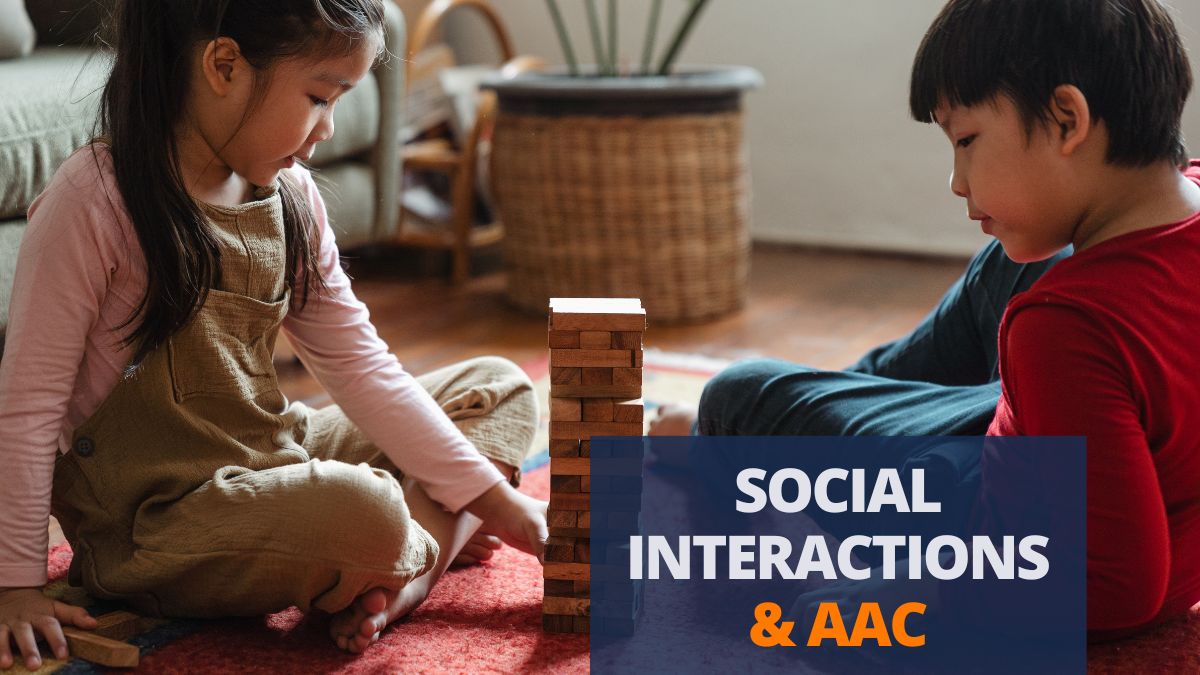

What is Pragmatic Language?
Pragmatics refers to an understanding we have about the rules to follow during social communication. This goes beyond the literal meaning of the words we utter. We suggest a message and the listener derives meaning based on the context.
For example, the simple phrase we all use regularly, “How are you doing?” is considered a greeting under regular circumstances. However, when a person has been sick, the same question is understood as having an intent to know more about the health of the listener and to show that you care about their wellbeing. Children with special needs may find such social components of communication challenging to figure out.
Ways to Help Build Pragmatic Language
Here are a few ideas that can help children with special needs learn to use language appropriately during social interaction.
- Draw Attention to Non-verbal Cues
Offer the child something you know that they dislike. Teach them how to reject or say ‘No’ by shaking their head. Make different facial expressions such as frowning, smiling, looking scared, etc. And encourage the child to guess what they mean. While playing with the child, pause the game and encourage the child to request for more through gestures, AAC systems, or spoken language. Similarly, find a way to annoy the child – by grabbing their toy or blocking while they watch TV. Show them how they can say ‘Stop’ through gestures and encourage them to utter it too.
- Words and Meanings
Take a phrase or sentence and say it in different contexts. Encourage the child to tell you what they are inferring from each sentence.
For example,
“I’m going to the grocery store”
“I think the grocery store is closed now”
“Let’s stop at the grocery store to get some milk”
“We are out of cereal. I need to go to the grocery store”
- Conversation Rules
There are several rules we obey when having a conversation. Children with special needs may need help understanding that the conversation needs to be back and forth communication and they cannot monopolize a conversation. They also need to be taught why taking turns during a conversation is very important. It is important that they learn to wait and listen while the other person is talking, and respond appropriately.
Using visuals and video modelling resources can help in teaching pragmatic language skills to children. Role-playing games and story telling are so excellent ways to discuss the rules of social communication.
Hope you find this article about pragmatics language useful. Please share your ideas and feedback in the comment section below.


